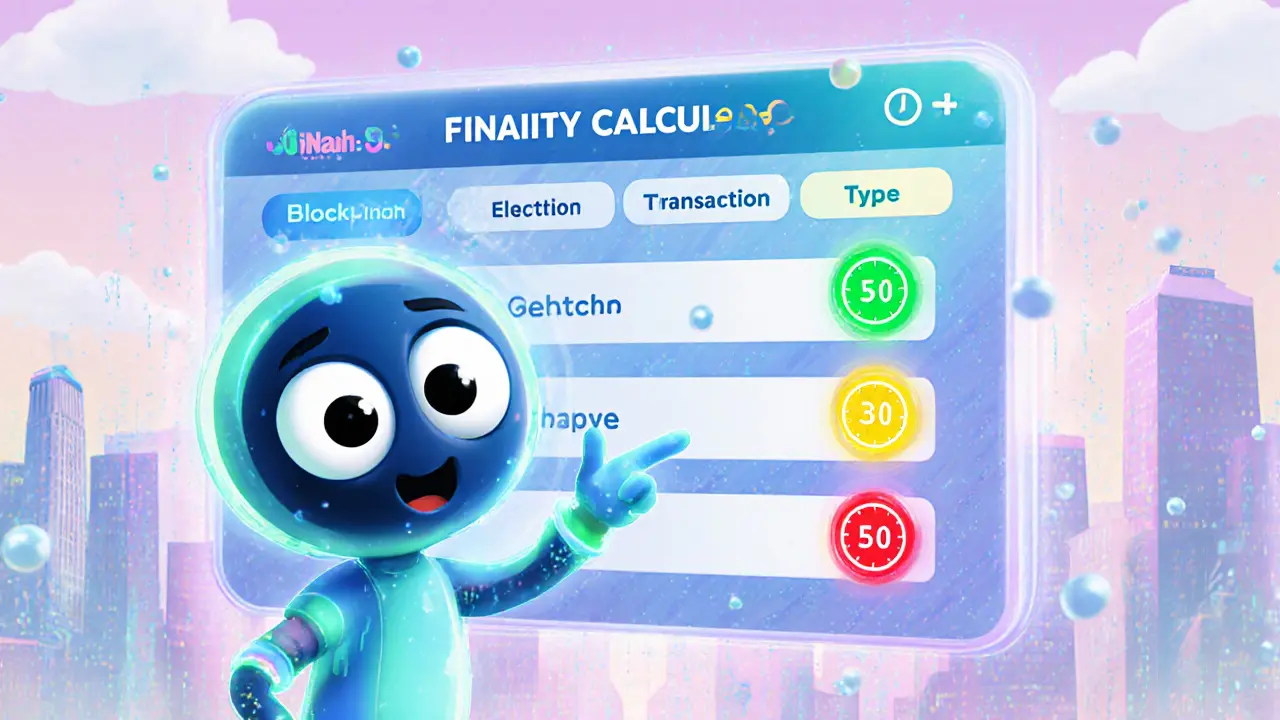Finality Speed – Understanding Transaction Confirmation Times
When working with Finality Speed, the time it takes for a blockchain transaction to become irreversible and recognized by the network. Also known as transaction finality, it determines how quickly users can trust that a transfer is settled. The speed is directly tied to blockchain consensus, the algorithm nodes use to agree on the next block and can be boosted by layer‑2 scaling solutions, off‑chain protocols that batch transactions before finalizing them on the base chain. In practice, a higher finality speed means traders can see their orders fill faster, developers can build more responsive dApps, and voters can rely on near‑instant results in blockchain voting systems.
Why Finality Speed Matters Across the Crypto Landscape
Different consensus models deliver varying speeds. Proof‑of‑Work chains like Bitcoin rely on a 10‑minute block interval, so finality can take 30‑60 minutes when waiting for multiple confirmations. Proof‑of‑Stake networks such as Ethereum now achieve finality in about 12 seconds after the Merge, thanks to validator voting and checkpoint finality. Ultra‑fast chains like Solana or Avalanche push finality below one second by using tower BFT or Snowman consensus. These differences affect everything from a Hyperliquid perpetuals trader’s ability to capture price moves to the security of blockchain voting, where delayed finality could open windows for manipulation. Even the nonce calculation in proof‑of‑Work mining influences finality, because a higher difficulty means miners spend more time finding a valid hash, extending the time before a block is accepted. Layer‑2 rollups—Optimism, Arbitrum, zkSync—compress many transactions into a single batch, then post a succinct proof to the base layer, cutting perceived finality from minutes to seconds. This is why DeFi platforms, airdrop campaigns, and token launchpads obsess over finality speed: faster confirmation reduces slippage, improves user experience, and tightens security guarantees.
Below you’ll find a curated set of articles that dive deeper into how finality speed shapes exchange performance, voting security, mining mechanics, and token economics. Whether you’re tracking the latest Hyperliquid review, exploring blockchain voting risks, or figuring out how nonce difficulty impacts transaction time, these pieces give you practical insight and actionable data to stay ahead in the fast‑moving crypto world.

